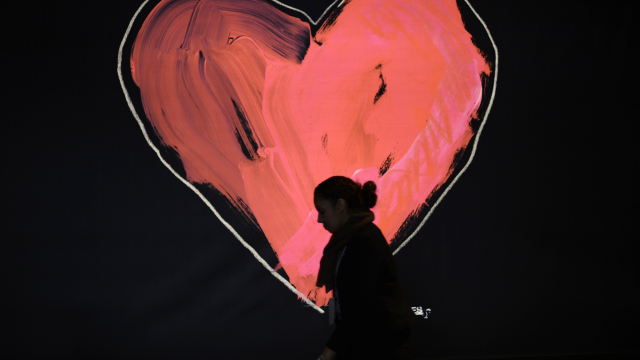
A fairy-tale love story may be every other Indian’s fantasy but in reality, 'love' has led to many untimely deaths – even more than terror attacks.
In the last 15 years, 'love' has been officially cited as the reason behind 38, 585 homicides, 79, 189 suicides, while in 206, 000 cases of 'kidnapping', marriage has been slated as 'abduction'.
On the other hand, terror related incidents in the same period of time have killed 20, 000 people – including civilians and security forces.
According to data, seven murder cases, 14 suicides and 47 kidnappings are filed with 'love' as the core motive daily.
Andhra Pradesh leads in the number of murder cases, followed by Uttar Pradesh, Maharashtra, Tamil Nadu and Madhya Pradesh – where each state has recorded over 3, 000 cases in the last decade and a half. States with larger populations are believed to have witnessed many more similar cases.
Indian murders daughter in suspected 'honour' killing
When it comes to suicides, West Bengal leads with 15, 000 filed cases in 14 years [data for the year 2012 was missing]. Second in the lead is Tamil Nadu with 9, 405 suicides in 15 years followed by Assam, Andra Pradesh, Odisha and Madhya Pradesh - where each state recorded over 5, 000 cases.
Suicides, murders and kidnappings are mostly driven by social stigma in the form of class and caste differences that cloud ‘love’ in India. From families refusing to accept love marriages to jilted men and dejected lovers - circumstances behind the astounding data varies.
According to a retired professor, Uma Chakravarti, one has to understand "patriarchy and the caste system" [in India] to make sense of "oppressing a person's choice when it comes to marriage".
Chakravarti believes that to save itself from extinction, the 'caste' system focuses on dictating marriage rules within their caste. She explained that “both patriarchy and caste survive through violence" - they get violent when the hierarchy is threatened.
"One has to understand that even today the control of family on apparently independent individuals has remained intact and through family there is a social control on marriage," adds Chakravarti.
Husband beats wife to death in Rawalpindi
According to the data, more females turned to ending their lives than men in 19 out of 35 states and UTs (Telangana is included in Andhra Pradesh) while the numbers remained similar nationally.
"Most of these are institutionally abetted suicides," says Nakul Singh Sawhney – a documentary film-maker.
Sawhney was the brains behind 2012’s documentary 'Izzatnagri ki Asabhya Betiyan' [Immoral Daughters in the Land of Honour] that revolved around women’s resistance against khap panchayats in Haryana and western UP.
According to Jagmati Sangwan of All-India Democratic Women’s Association, “many of these suicides are the result of a hopeless situation created when the state leaves its citizen to be targeted by autocratic institutions that want to maintain caste and class hierarchy.”
Despite the data reporting astounding national level statistics, experts say that the number remains under-reported since local police are often directly involved or turn a blind-eye to such cases especially in states like Haryana and parts of western UP.
This article originally appeared in the Times of India.




























































COMMENTS
Comments are moderated and generally will be posted if they are on-topic and not abusive.
For more information, please see our Comments FAQ